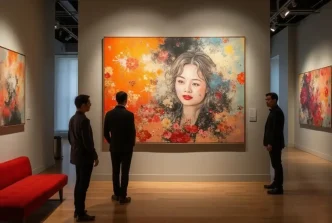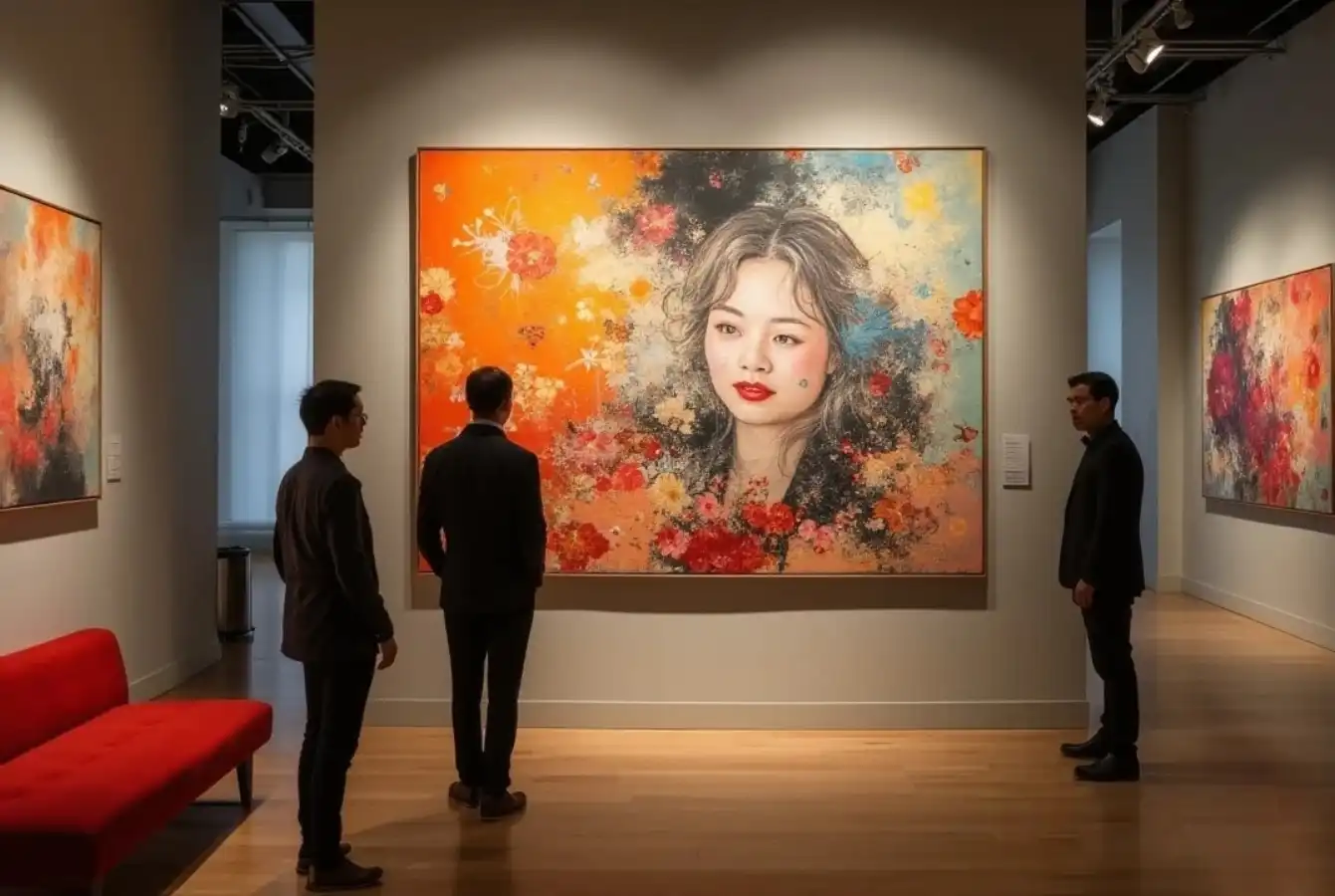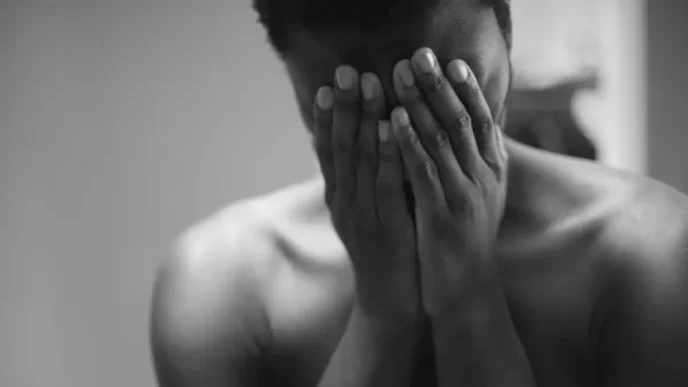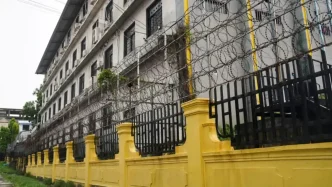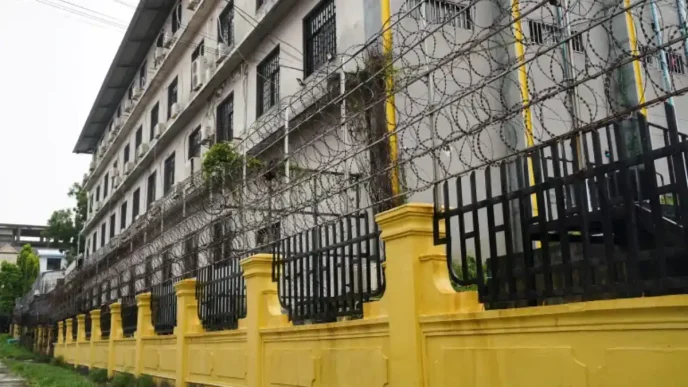A groundbreaking group exhibition of Vietnamese artists is set to open in New York on May 23, challenging long-standing stereotypes that often confine Vietnamese contemporary art to narratives of war and trauma. Titled “Ceci N’est Pas Une Guerre – This is Not A War,” the showcase at Eli Klein Gallery on 398 West Street brings together 17 artists, including those based in the United States, France, and Germany, to present 24 works that redefine how Vietnamese visual culture is perceived on the global stage.
A Departure from War-Centric Narratives
Timed to coincide with the 50th anniversary of the end of the Resistance War against America—commonly referred to as the Vietnam War in Western contexts—the exhibition seeks to shift focus from historical conflict to the diverse, introspective, and innovative expressions of Vietnamese artists over the past five decades. Curated by Đỗ Tường Linh, a Hanoi- and New York-based curator from the Bard Curatorial Studies program (class of 2025), the show aims to dismantle the notion of Vietnamese art as a monolithic concept tied solely to the aftermath of war.
Linh, who has been active in the international art scene since 2005 with projects across Southeast Asia and Europe, brings a nuanced perspective to the curation. Her previous works, including “Who is Weaving the Sky Net” in Singapore and “Means of Production 2024” in New York, reflect a commitment to fostering layered dialogues. Here, she creates a platform for artists to engage with history, identity, and modernity in ways that transcend reductive labels.
Artists and Their Unique Voices
Among the featured artists is Ca Lê Thắng, a 66-year-old painter whose work offers a poetic reflection on the natural and spiritual landscapes of southern Vietnam. His paintings evoke a deep emotional connection to his homeland, serving as a quiet yet powerful commentary on the interplay between nature and history.
Trần Lương, another prominent name, employs humor and symbolism to reinterpret a traditional Vietnamese legend. His subtly subversive narrative captures the sociopolitical tensions and transformations of early 21st-century Vietnam, blending folklore with contemporary critique. Similarly, Trương Tân breaks new ground by exploring social norms and marginalized identities, pushing boundaries in a cultural context where such discussions are often sidelined.
Bùi Công Khánh adds a critical edge with his conceptual art, playfully questioning the authority behind military reward systems. By combining porcelain military insignias from various nations, he challenges official narratives of honor and power. Meanwhile, Vietnamese-American artist Oanh Phi Phi uses traditional Vietnamese lacquer as a medium to explore memory, image theory, and experimental techniques, bridging cultural heritage with modern artistic practice.
Bùi Thanh Tâm offers a striking fusion of Vietnamese folk traditions with the bold aesthetics of pop and consumer culture. His works are at once seductive and provocative, inviting viewers to reconsider the intersection of tradition and globalization. Other artists, including Nguyễn Phương Linh, Hà Ninh Phạm, and Lê Hoàng Bích Phượng, contribute to the exhibition’s rich tapestry of voices, each presenting unique perspectives on identity, history, and global engagement.
A Broader Dialogue on Vietnamese Art
The exhibition, which runs until August 23, is not merely a display of individual talent but a collective statement on the evolving nature of Vietnamese visual culture. For decades, international audiences have often viewed Vietnamese art through a narrow lens, focusing on themes of war, survival, and postcolonial struggle. While these elements remain part of the historical context, the artists in “Ceci N’est Pas Une Guerre” demonstrate that their creative output extends far beyond such constraints.
Their works engage with universal themes—nature, memory, societal change, and personal identity—while remaining deeply rooted in Vietnamese sensibilities. This duality allows the exhibition to resonate with a global audience, prompting a reconsideration of how cultural narratives are constructed and perceived. As Linh notes in her curatorial statement, the goal is to create a dialogue that is “poetic, introspective, and globally engaged.”
A Cultural Milestone for Vietnam
For many of the participating artists, showcasing their work in New York represents a significant milestone. The city, a global hub for contemporary art, offers a platform to reach diverse audiences and challenge preconceived notions. The presence of Vietnamese artists from the diaspora alongside those based in Vietnam also underscores the transnational nature of modern Vietnamese identity—a theme that permeates much of the exhibition.
At a time when cultural exchange is more important than ever, “Ceci N’est Pas Une Guerre” stands as a testament to the power of art to bridge divides and foster understanding. It invites viewers to look beyond historical stereotypes and engage with the multifaceted stories of Vietnam’s contemporary artists.
As the exhibition unfolds over the coming months, it raises intriguing questions about the future of Vietnamese art on the world stage. How will these artists continue to shape global perceptions of their culture? For now, their works at Eli Klein Gallery offer a compelling starting point, celebrating creativity and resilience in equal measure.

